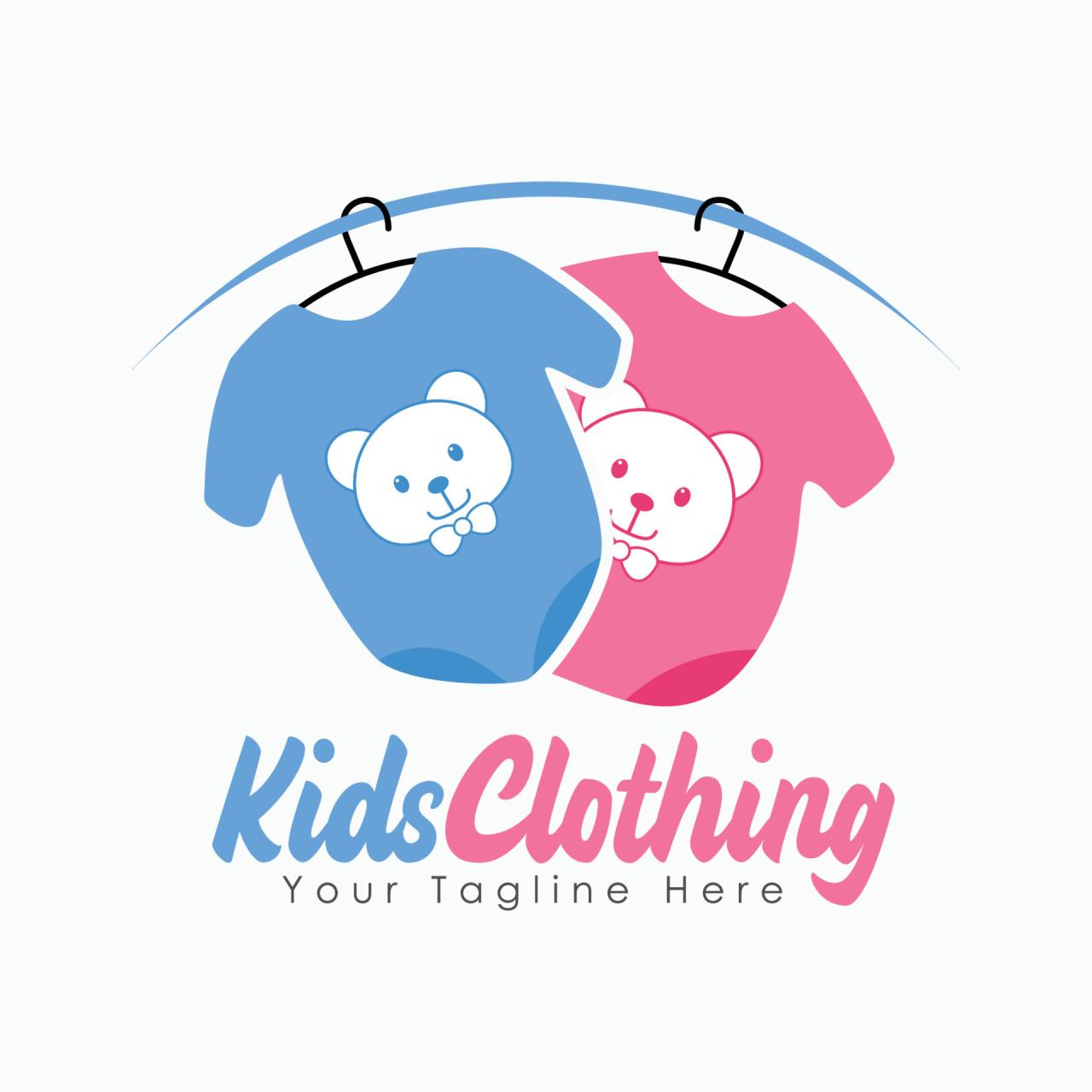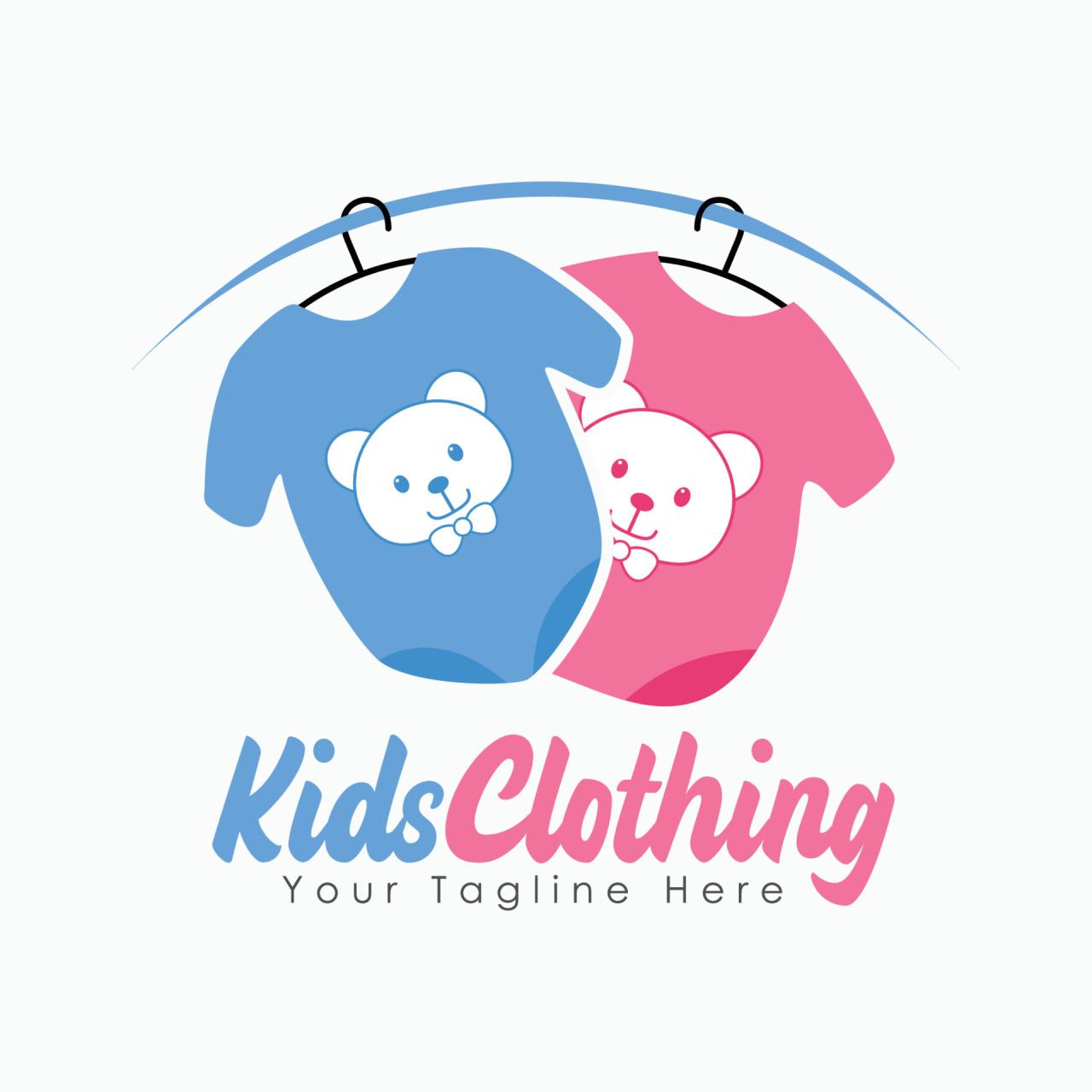Jack and jill game – Jack and Jill game: What exactly
-is* a Jack and Jill game? It’s a surprisingly flexible concept, encompassing a range of activities and interpretations. This guide explores the possibilities, from historical context and thematic explorations to gameplay mechanics and marketing strategies, helping you understand the potential of this versatile game theme.
We’ll delve into various interpretations of the phrase, examining different games and activities that could fall under this umbrella. We’ll also look at how the “Jack and Jill” theme could be incorporated into different game genres, from puzzle adventures to RPGs, considering narrative elements, age ratings, and target audiences. Visual and audio design, marketing campaigns, and potential social media engagement will all be covered.
Understanding the “Jack and Jill Game”
The phrase “Jack and Jill game” lacks a universally recognized, established meaning in the gaming world. It’s more of a conceptual starting point, ripe for creative interpretation and design. We can explore various interpretations, drawing parallels to existing game mechanics and thematic elements to flesh out the idea of a “Jack and Jill” game.
Interpretations of “Jack and Jill Game”
The nursery rhyme “Jack and Jill” provides a foundation for several interpretations. One could focus on the collaborative aspect of the rhyme – two individuals working together towards a common goal (fetching water). Alternatively, the rhyme’s ending (with both characters falling) could suggest a game with elements of risk, challenge, and perhaps even failure. The game could also explore themes of sibling rivalry, partnership, or the consequences of ambition.
Examples of “Jack and Jill” Games
While no established game is explicitly called “Jack and Jill,” many games incorporate similar mechanics or themes. Cooperative puzzle games where two players must coordinate their actions to solve puzzles are a good example. Games with a narrative focusing on a brother-sister duo working together or competing against each other also fit this description. Even competitive games where two teams (perhaps symbolically named “Jack’s Team” and “Jill’s Team”) compete could be considered under a broad interpretation.
Historical Context and Cultural Significance

The nursery rhyme itself has a long and somewhat murky history, with various interpretations of its origins and meaning. This ambiguity provides fertile ground for creative game design. The potential cultural significance of a “Jack and Jill” game could center on exploring themes of childhood, cooperation, competition, and the consequences of choices, drawing inspiration from the various interpretations of the rhyme’s narrative.
Gameplay Mechanics and Variations
Several gameplay mechanics could be incorporated into a “Jack and Jill” game, depending on the chosen interpretation and target audience. The following Artikels potential mechanics and variations.
Hypothetical “Jack and Jill” Game Design
Let’s imagine a cooperative puzzle game called “Jack and Jill’s Water Quest.” Two players, Jack and Jill, must work together to collect water from various sources, navigating obstacles and solving puzzles. Each player controls a character with unique abilities. Jack might be stronger, able to move heavier objects, while Jill is faster and more agile, adept at navigating tight spaces.
The objective is to collect a certain amount of water before time runs out.
Remember the Jack and Jill game? It’s all about teamwork and careful planning, right? Think about the coordination needed – a bit like the intricate systems keeping a plane airborne, systems tragically failing in some cases, like in the recent south korean plane crashes. So, next time you play Jack and Jill, maybe appreciate the complex engineering that keeps us safely on the ground, too!
Gameplay Mechanics Comparison
Different gameplay mechanics could be explored. A competitive variant could have Jack and Jill racing to collect water, with the first to reach the target winning. A narrative-driven version could focus on the story of Jack and Jill, incorporating choices that affect the outcome. Each variation offers unique challenges and opportunities for gameplay.
Game Variations
- Cooperative Puzzle (2 players): Players must coordinate their actions to solve puzzles and collect resources.
- Competitive Race (2 players): Players compete to reach a goal first, utilizing unique character abilities.
- Narrative Adventure (1-2 players): A story-driven experience with choices affecting the outcome, focusing on the relationship between Jack and Jill.
- Multiplayer Cooperative (3+ players): Teams of players work together to achieve a common goal, potentially incorporating additional characters beyond Jack and Jill.
Comparison of “Jack and Jill” Game Concepts
| Player Count | Objective | Gameplay Mechanics |
|---|---|---|
| 2 | Collect water before time runs out | Cooperative puzzle-solving, unique character abilities |
| 2 | Reach the destination first | Competitive race, obstacle navigation |
| 1-2 | Complete the story with a desired ending | Narrative choices, character interactions |
Thematic Exploration of “Jack and Jill”
The “Jack and Jill” theme lends itself to various game genres and narratives. The core elements of cooperation, competition, and risk can be woven into different game experiences.
“Jack and Jill” in Different Genres
A puzzle game could involve Jack and Jill solving environmental puzzles to reach their goal. An adventure game could have them exploring a mystical world, overcoming challenges together. An RPG could allow players to develop Jack and Jill’s skills and abilities, shaping their relationship and ultimately their destiny.
Narrative Elements
The narrative could focus on the sibling relationship, exploring themes of cooperation, rivalry, and personal growth. The story could highlight their journey, their challenges, and their ultimate triumph or failure, depending on player choices and actions within the game.
Design Challenges and Opportunities

Balancing cooperation and competition, creating engaging puzzles or challenges appropriate for the chosen genre, and developing a compelling narrative are key design challenges. The opportunity lies in exploring the ambiguity of the original rhyme, allowing for diverse interpretations and engaging gameplay experiences.
Age Ratings and Target Audiences
A “Jack and Jill” game could target a wide range of age groups, from young children with simpler cooperative puzzles to older players with more complex narrative-driven experiences. The specific age rating would depend on the game’s content, complexity, and thematic elements.
Visual and Audio Design Considerations
The visual and audio elements play a crucial role in shaping the overall experience of a “Jack and Jill” game. A carefully chosen aesthetic and soundscape can enhance immersion and emotional engagement.
Visual Style and Aesthetic
The visual style could range from a whimsical, cartoonish look for younger audiences to a more realistic or stylized approach for older players. The environment should reflect the game’s narrative and gameplay mechanics, creating a cohesive and engaging visual experience.
Game Environment Description
Imagine a vibrant, colorful hillside setting for a cooperative puzzle game. The environment is filled with lush greenery, sparkling streams, and charming little houses. Obstacles include rocky paths, winding rivers, and playful forest creatures. The visual style could be reminiscent of classic children’s storybook illustrations.
Sound Effects and Music
Upbeat, playful music could accompany the cooperative gameplay, while more suspenseful music could underscore challenging moments. Sound effects could include the splashing of water, the rustling of leaves, and the happy chatter of the characters.
Remember the classic kids’ game, Jack and Jill? It’s all about teamwork, right? Well, think about the intense teamwork needed in shows like Squid Game – it’s a whole different level! Did you know that the actor who played Thanos, also appeared in Squid Game? Check out this article about the thanos squid game actor to see what I mean.
So, next time you play Jack and Jill, maybe appreciate the collaborative spirit a little more, inspired by the high-stakes teamwork in those shows.
Color Palettes and Mood
A bright, cheerful color palette could evoke feelings of joy and cooperation, while darker, more muted tones could add a sense of mystery or challenge. Strategic use of color can greatly enhance the emotional impact of the game.
Marketing and Target Audience
Marketing a “Jack and Jill” game requires understanding the target audience and crafting a campaign that resonates with them. Different strategies are needed to reach different demographics.
Target Audience

The target audience could be quite broad, depending on the game’s design. Younger children could be targeted with a focus on cooperation and fun, while older players might be drawn to more complex gameplay and narrative elements. Families could also be a key target demographic for a cooperative game.
Marketing Campaign
The marketing campaign could leverage the familiarity of the nursery rhyme, emphasizing the game’s cooperative aspects and its engaging gameplay. Social media engagement and influencer marketing could be particularly effective in reaching target audiences.
Social Media Engagement and Community Building
Social media platforms can be used to build anticipation for the game, share gameplay footage, and foster a community of players. Contests, giveaways, and interactive content can encourage engagement and build excitement.
Marketing Strategies
- Targeting Young Children (Ages 4-7): Focus on bright, colorful visuals, simple messaging emphasizing cooperation and fun, and distribution through channels frequented by parents of young children.
- Targeting Tweens and Teens (Ages 10-15): Emphasize the narrative and character development, highlighting the competitive elements and social aspects of the game, utilizing platforms popular among this age group.
- Targeting Families (All Ages): Showcase the cooperative gameplay, highlighting the fun and educational aspects that can be enjoyed by parents and children together, promoting family bonding through shared gameplay.
Outcome Summary

Designing a successful “Jack and Jill” game hinges on a clear understanding of its potential interpretations and a well-defined target audience. By carefully considering gameplay mechanics, thematic elements, and marketing strategies, developers can create engaging experiences that resonate with players. Whether it’s a cooperative puzzle, a competitive race, or a narrative-driven adventure, the “Jack and Jill” theme offers a unique foundation for creative game design.
Remember the Jack and Jill game? It’s all about teamwork, right? Well, think about mapping the terrain for a really big Jack and Jill adventure – you’d need precision, maybe even using advanced technology like the dji neo for accurate surveying. Then, armed with that detailed map, you can plan the perfect, safe route for Jack and Jill’s journey down the hill.
So, next time you play, remember the high-tech help that could make the game even better!
Remember to consider the visual and audio elements to create an immersive experience that captivates your players.
Essential Questionnaire
What is the origin of the “Jack and Jill” phrase?
The phrase’s origin is linked to a well-known nursery rhyme, but its use in game titles is more recent and less established, allowing for creative interpretation.
Can a Jack and Jill game be competitive?
Absolutely! The theme allows for both cooperative and competitive gameplay depending on the design.
What age range is most suitable for a Jack and Jill game?
This depends entirely on the game’s mechanics and content. It could be designed for young children or for older players.
Are there existing games already using “Jack and Jill” in their title?
While not common, there might be niche or independent games using this title. A thorough search will be needed.
